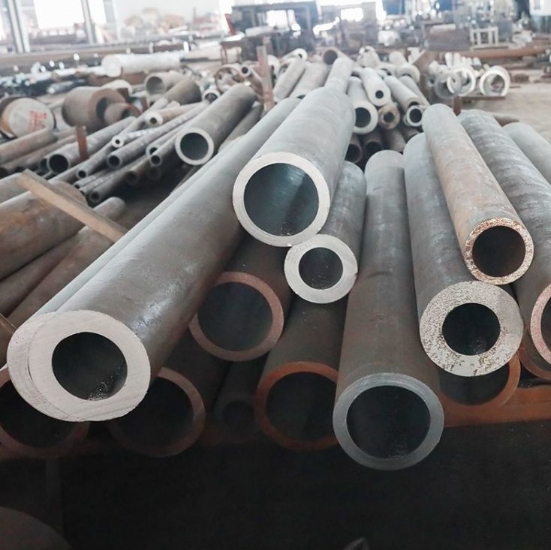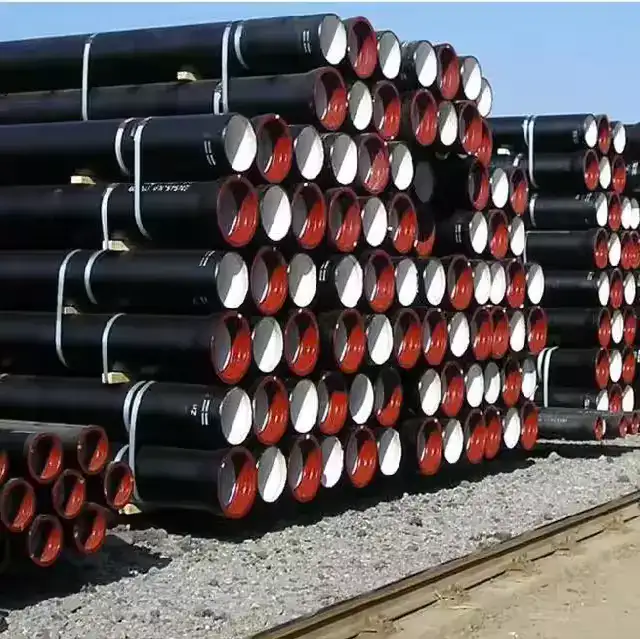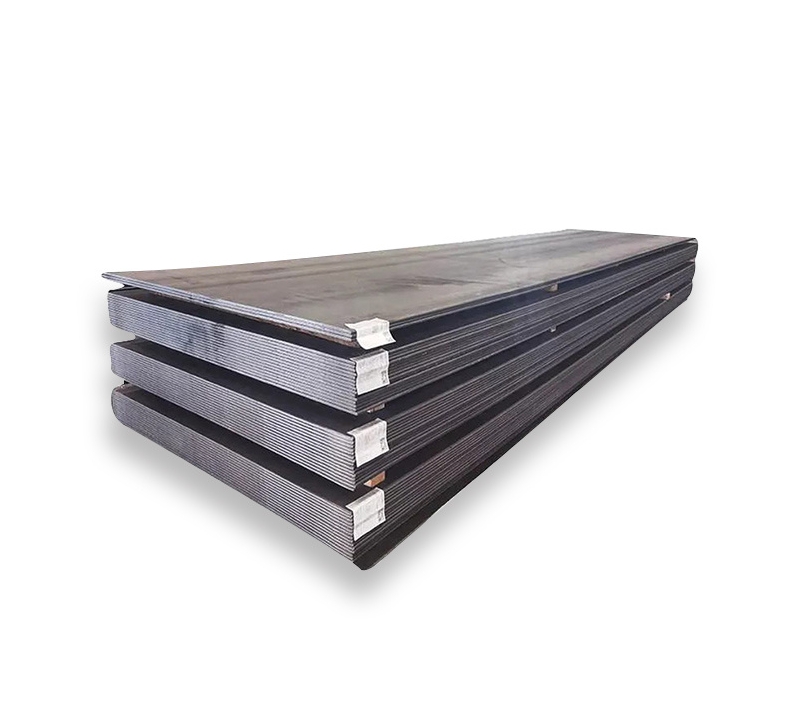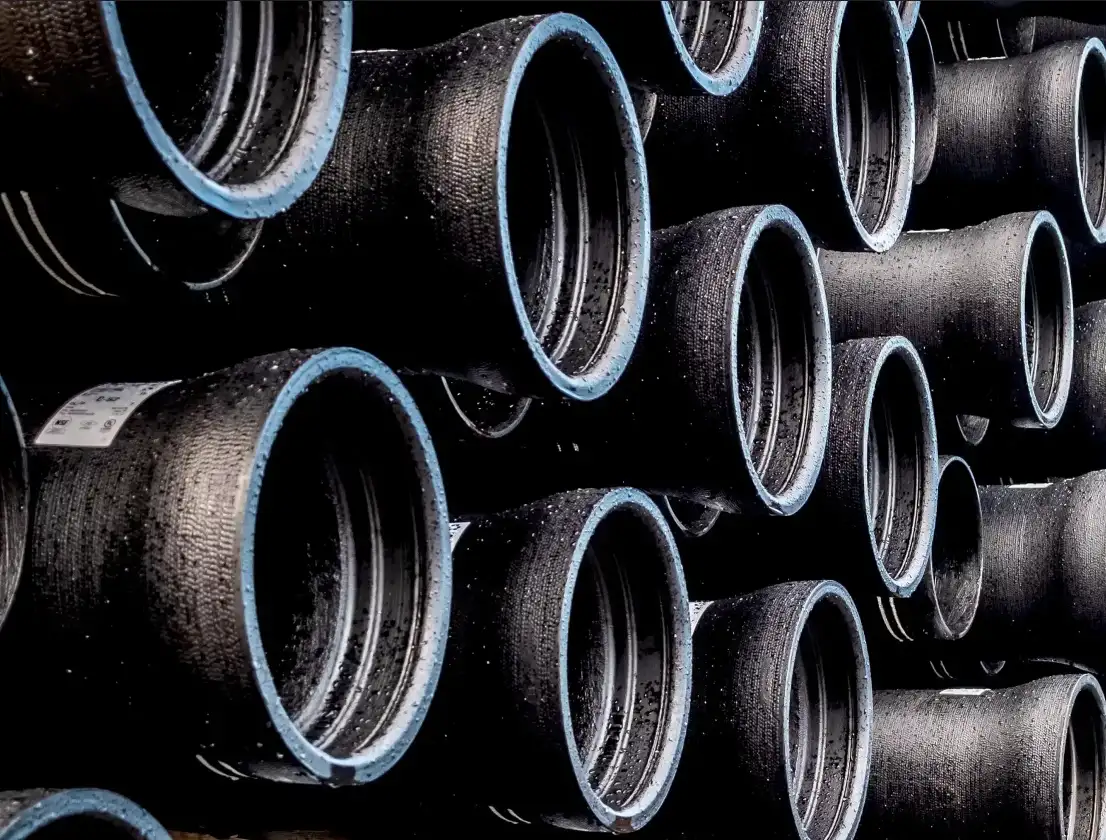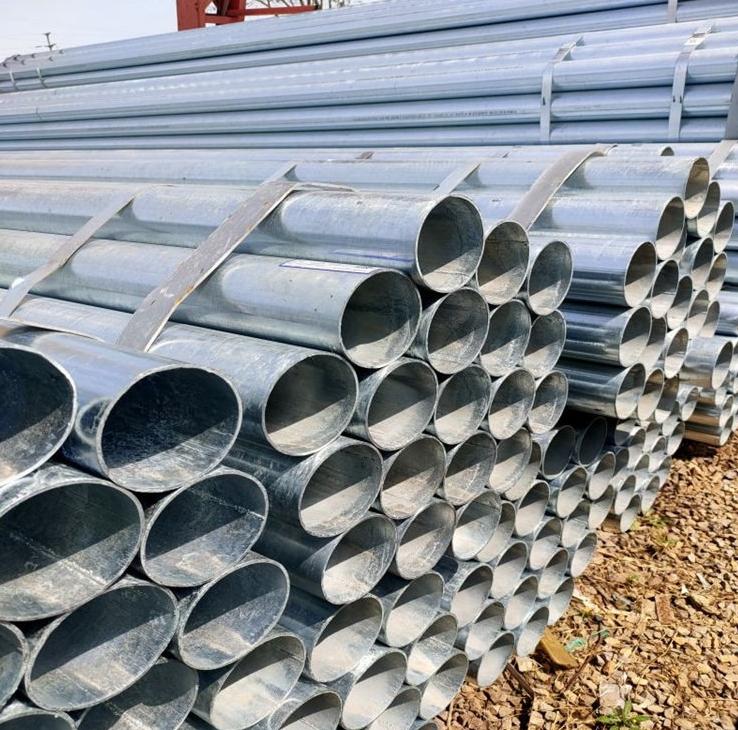In the world of metals, carbon steel and stainless steel are two of the most commonly used materials across various industries. Though they share some similarities, they have distinct differences in terms of composition, properties, applications, and performance. Whether you’re in construction, manufacturing, or any industry relying on durable and high-performance materials, understanding the key differences between these two metals is essential.
1. What is Carbon Steel?
Carbon steel is a steel alloy in which carbon is the primary alloying element. Carbon content typically ranges from 0.05% to 2.0%, with higher carbon content contributing to greater hardness and strength but reducing the material’s ductility and workability. Carbon steel is highly valued for its strength, versatility, and affordability.
Carbon Steel Grades
Carbon steel is classified into three main grades based on the amount of carbon content and its suitability for various applications:
-
Low Carbon Steel (Mild Steel): Contains less than 0.3% carbon. It is soft, malleable, and easy to weld. It is used in applications like structural components, car bodies, and household appliances.
-
Medium Carbon Steel: Contains between 0.3% and 0.6% carbon. It strikes a balance between strength and ductility, making it ideal for manufacturing shafts, gears, and other mechanical parts.
-
High Carbon Steel: Contains more than 0.6% carbon. This type is extremely hard and wear-resistant, making it suitable for tools, knives, and industrial machinery parts.
Other variations also exist, such as Ultra-High Carbon Steel (with more than 2.0% carbon), which is used in specialized applications like mining and cutting tools.
2. What is Stainless Steel?
Stainless steel is a steel alloy that contains at least 10.5% chromium by mass. Chromium forms a protective layer on the surface, preventing rust and corrosion. Stainless steel is widely used in industries where durability and corrosion resistance are critical, including food processing, medical devices, and marine environments.
Stainless Steel Grades
There are several types of stainless steel, each with varying properties due to the different amounts of chromium, nickel, and other elements used:
-
Austenitic Stainless Steel: This is the most common and versatile type of stainless steel, containing a high amount of chromium (typically 18%) and nickel (around 8%). It is non-magnetic, highly corrosion-resistant, and has excellent formability. Common grades include 304 and 316.
-
Ferritic Stainless Steel: Contains higher chromium content but lower nickel content compared to austenitic grades. Ferritic stainless steel is magnetic, offers moderate corrosion resistance, and is typically used in automotive exhaust systems and decorative applications. Common grades include 430 and 446.
-
Martensitic Stainless Steel: Known for its high strength and hardness, martensitic stainless steel is used in applications where strength is crucial. It can be hardened by heat treatment. Common grades include 410 and 420.
-
Duplex Stainless Steel: A combination of austenitic and ferritic structures, duplex stainless steel has enhanced strength and resistance to stress corrosion cracking. Grades like 2205 are commonly used in chemical processing and marine industries.
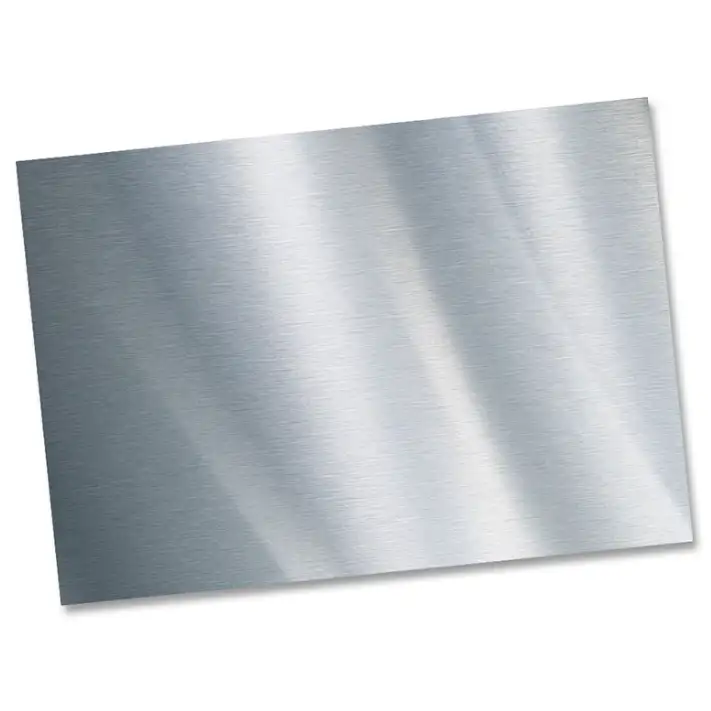
3. Composition and Manufacturing Process: Carbon Steel vs Stainless Steel
Carbon Steel Composition
Carbon steel primarily consists of iron and carbon, with minor additions of other elements like manganese, silicon, and copper. Carbon steel is typically produced through processes like basic oxygen steelmaking or electric arc furnace methods. The amount of carbon determines its hardness and strength, but it can also impact the material’s susceptibility to rust and brittleness at high temperatures.
Stainless Steel Composition
Stainless steel is made up of iron and chromium, with varying amounts of nickel, molybdenum, and other elements, depending on the grade. Chromium (at least 10.5%) is the essential element that provides stainless steel with its resistance to corrosion. Other elements, like nickel and molybdenum, improve specific properties like strength, formability, and heat resistance.
4. Strength and Durability: Carbon Steel vs Stainless Steel
Carbon Steel Strength
-
Low Carbon Steel: Known for its good weldability and formability but lower tensile strength. It is ideal for applications that do not involve heavy stress.
-
Medium Carbon Steel: Provides a good balance of strength, ductility, and wear resistance. It is suitable for medium-load applications.
-
High Carbon Steel: Offers excellent tensile strength and hardness. It is used in high-stress applications where wear resistance is crucial.
Stainless Steel Strength
-
Austenitic Stainless Steel: Generally, it is not as strong as high carbon steel, but it provides excellent corrosion resistance and good strength-to-weight ratio.
-
Martensitic Stainless Steel: Known for its high strength and hardness, making it suitable for applications requiring high performance, like cutlery and surgical instruments.
-
Ferritic Stainless Steel: Stronger than low carbon steel but generally weaker than austenitic or martensitic stainless steels. It provides good resistance to corrosion but is more susceptible to cracking under stress.
5. Corrosion Resistance: The Key Difference
Corrosion resistance is one of the main differences between carbon steel and stainless steel.
-
Carbon Steel: Susceptible to rust and corrosion when exposed to moisture and chemicals. Corrosion resistance can be enhanced by galvanizing or coating with paint, but it still does not match stainless steel in terms of longevity.
-
Stainless Steel: The presence of chromium ensures that stainless steel forms a protective oxide layer on the surface, offering excellent resistance to corrosion and oxidation even in extreme environments like saltwater, acids, and high humidity.
6. Applications of Carbon Steel and Stainless Steel
Carbon Steel Applications
-
Construction: Carbon steel is used for structural applications like beams, columns, and reinforcement bars.
-
Automotive: Carbon steel is used to manufacture car body parts, chassis, and engine components.
-
Machinery: Carbon steel is employed in the production of mechanical parts like shafts, gears, and cutting tools.
-
Pipelines: Carbon steel is commonly used in the oil and gas industry for pipelines and storage tanks due to its strength and cost-effectiveness.
Stainless Steel Applications
-
Medical Devices: Stainless steel is used for surgical tools, implants, and medical devices due to its non-reactive and corrosion-resistant properties.
-
Food Processing: Stainless steel is commonly used for food processing equipment, storage tanks, and containers due to its ability to withstand exposure to food acids and corrosive substances.
-
Marine: Stainless steel is employed in shipbuilding, offshore oil platforms, and underwater equipment due to its resistance to saltwater corrosion.
-
Aerospace: Stainless steel is used in aircraft and space shuttle components that are exposed to high temperatures and pressures.
7. Price Comparison: Carbon Steel vs Stainless Steel
The cost of carbon steel is significantly lower than stainless steel, making it more attractive for cost-sensitive applications. The price of stainless steel can be more than three times the price of carbon steel, mainly due to the addition of expensive alloying elements like chromium and nickel.
| Material | Cost (per ton) | Primary Use |
|---|---|---|
| Carbon Steel | $600 – $1,200 | Structural components, automotive, machinery |
| Stainless Steel | $2,000 – $5,000 | Food processing, medical devices, aerospace |
8. Future Development Trends
Carbon Steel
-
Recycling Innovations: With an increasing focus on sustainability, there is growing interest in improving the recycling processes for carbon steel to reduce energy consumption and minimize environmental impact.
-
High-Performance Carbon Steel: Research is focused on improving the mechanical properties of carbon steel to make it more durable and corrosion-resistant, such as creating high-performance steel alloys.
Stainless Steel
-
Eco-Friendly Stainless Steel: Stainless steel manufacturers are investing in environmentally friendly production methods, such as using less energy in smelting and reducing carbon emissions.
-
High-Performance Alloys: Advancements in alloying technologies are resulting in stronger, more resistant stainless steel variants that can withstand extreme conditions in aerospace, energy, and marine industries.
-
3D Printing with Stainless Steel: Stainless steel is gaining popularity in 3D printing technology, allowing for the creation of highly complex, custom parts with excellent strength and durability.
9. Case Study: The Use of Stainless Steel in the Medical Industry
In the medical field, stainless steel’s corrosion resistance and biocompatibility make it the material of choice for surgical instruments, implants, and medical devices. A leading medical equipment manufacturer switched from carbon steel to stainless steel for manufacturing surgical tools. The switch led to a significant reduction in the number of rusting tools, improving hygiene, patient safety, and overall equipment lifespan. Despite higher initial costs, the increased durability and performance made stainless steel the preferred material in this high-stakes industry.
10. Frequently Asked Questions (FAQs)
1. What’s the primary difference between carbon steel and stainless steel?
The main difference is that stainless steel contains chromium, which provides excellent resistance to corrosion, while carbon steel is more prone to rust and degradation unless treated.
2. Can stainless steel be used in high-temperature environments?
Yes, certain grades of stainless steel, such as 310 and 446, are designed for high-temperature applications and can withstand heat without losing strength.
3. Why is stainless steel more expensive than carbon steel?
Stainless steel costs more due to the higher alloying content, particularly chromium and nickel, which enhance its properties such as corrosion resistance and strength.
4. Is carbon steel suitable for food processing?
While carbon steel is commonly used for many applications, stainless steel is preferred in food processing because it does not corrode or contaminate food.
5. Can I weld carbon steel and stainless steel together?
Yes, but special care is needed to ensure proper fusion. The welding process and filler materials used will differ based on the properties of each metal.



